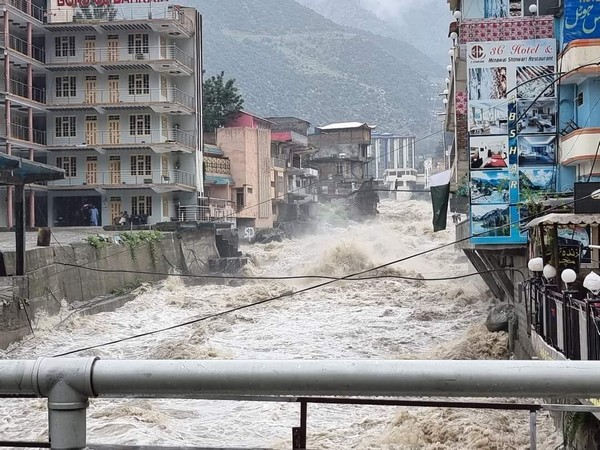“Indian Navy to remain proactive in tackling security threats”: President Murmu after launching ‘INS Vindhyagiri’
President Droupadi Murmu on Thursday hailed the services of the Indian Navy, saying that the defence force has the mandate…
A majority of the cities that are at risk are located in coastal regions, making them more susceptible to earthquakes, tsunamis, and floods.

Representative image of natural disaster. [ Photo:ANI]
Unfortunately natural calamities are happening more frequently now than ever before. A majority of the cities that are at risk are located in coastal regions, making them more susceptible to earthquakes, tsunamis, and floods. These kinds of disasters are detrimental to infrastructure growth, economy, and human life as a whole.
The following international cities have been listed as potential victims of natural catastrophes in the near future:
Advertisement
Kolkata, India
Advertisement
Hugli River with a potential of flooding in a city in eastern India may put lives of more than 10 million people in jeopardy. On the other hand, chances are that powerful storms and tsunamis would strike India’s northwest coast, which could have an impact on six lakh people. A natural calamity would descend and cause widespread destruction and mayhem in an area where a significant portion lives in unstable kachcha houses.
The city of Oklahoma City
Both Tokyo and Oklahoma have metropolitan areas with a population of over 37 million. They face a threat from floods, earthquakes, and tsunamis every year. The Ring of Fire, the most active fault line in the Western Pacific, runs along the two cities. Any significant natural catastrophe would have a negative impact on the economy because Tokyo is the economic hub of Japan. The Great Kanto Earthquake of 1923 left the nation’s capital with 142,000 fatalities.
China’s Pearl River Delta
One of China’s main economic hubs is its metropolitan region, which has a population of around 43 million and comprises Hong Kong, Shenzhen, Dongguan, Macao, and Guangzhou. Storms, cyclones, earthquakes, typhoons, and floods constitute a persistent hazard to the entire region. Typhoon Usagi impacted more than three million people in September 2013.
Indonesia’s Jakarta
Since 40 per cent of Jakarta is below sea level, flooding is obviously a risk factor for the people living in the region. The city is vulnerable to earthquakes since it is situated in a flat, soft-earth basin and is near to a fault.
More than 1,70,000 people were affected in the Indonesian capital in 2004 as a result of an earthquake and tsunami in the adjacent Aceh region. Experts have already made this prediction Indonesia may suffer a heavy earthquake in future
In Japan, Nagoya
The primary tsunami danger area in the Pacific is where this Japanese city is situated. Two and a half million people are impacted, and each year there are frequent storms and deluges.
In 2000, when Nagoya saw one of the worst floods in decades, more than 45,000 people had to be evacuated. Also, the risk of earthquakes is quite high, as it is in practically all of Japan.
Advertisement